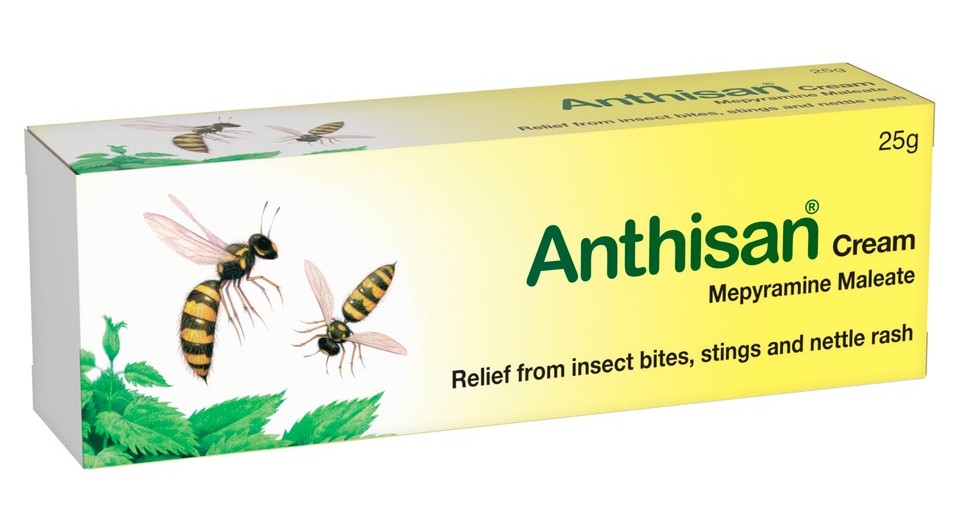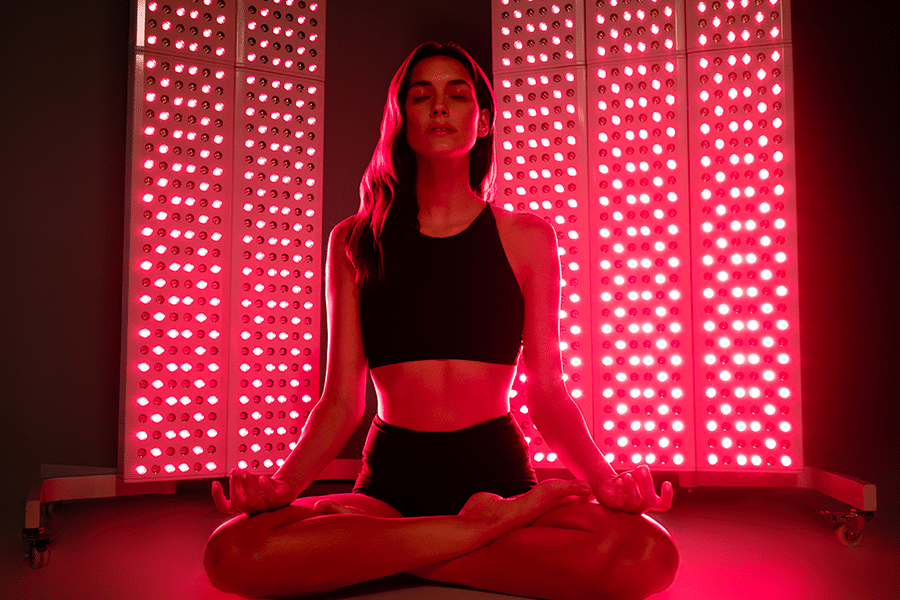Emojis are the modern hieroglyphics. The mewing emoji has recently joined the ever-expanding universe of expressive icons. It symbolizes the popular mewing technique that promises better facial structure. Understanding this emoji can add a fun twist to your conversations while educating others about the benefits of correct tongue posture.
What is Mewing?
Mewing involves resting the tongue on the roof of the mouth. This practice will potentially lead to a more defined jawline and improved facial structure. Influencers and experts on YouTube have popularized this technique, making it a hot topic among those interested in facial aesthetics.
The Connection Between Mewing and Emojis
The mewing emoji serves as a creative way to convey the concept of tongue posture. This simple yet effective visual representation can spark curiosity and lead to conversations about the benefits of mewing. When you upload a mewing emoji, you share an idea that encourages good tongue posture and its potential benefits.
Benefits of Mewing
Mewing will lead to noticeable changes in your facial structure. Proper tongue posture will enhance your jawline and improve breathing. These benefits make mewing a technique worth considering for anyone looking to improve their facial aesthetics naturally.
How to Perform Mewing
To start mewing, place your tongue on the roof of your mouth. Keep it there throughout the day, especially when talking or resting. The technique will feel strange at first, but with time, it becomes a natural part of your daily routine.
Using the Mewing Emoji in Conversations
Adding a mewing emoji to your messages can make your conversations more engaging. For example, when discussing facial exercises with friends, use the emoji to represent mewing. It adds a visual element that can help explain the concept more effectively.
The Role of Emojis in Modern Communication
Emojis have transformed how we express emotions and ideas. They allow us to convey complex thoughts with a simple icon. The mewing emoji is a perfect example of how an emoji can represent a specific technique or concept, making communication more efficient and fun.
The Fun Side of Mewing Emojis
Using the mewing emoji isn’t just about spreading awareness. It also adds a bit of fun to your messages. When you respond to a friend’s message about new exercises, throwing in a mewing emoji can make the conversation more lively and interesting.
Influencers and Mewing
Many influencers advocate for mewing due to its potential benefits. They upload videos explaining the technique and demonstrating its effects. These videos often include emojis to make the content more engaging and relatable.
Connecting Through Emojis
Emojis create a sense of connection in our digital interactions. The mewing emoji helps people relate to the concept of tongue posture in a visual and engaging way. It’s a simple tool that adds depth to our conversations and helps convey complex ideas effortlessly.
Sharing Mewing Tips
Sharing mewing tips with friends is easier when you use the right emoji. The mewing emoji acts as a shorthand for the technique, making it simpler to explain and discuss. Adding the emoji to your messages can encourage others to explore the benefits of proper tongue posture.
The Role of Emojis on Websites
Websites often use emojis to make content more engaging. Including the mewing emoji on a website can highlight the importance of tongue posture and its benefits. It serves as a visual cue that attracts attention and prompts visitors to learn more.
Conclusion: Embracing the Mewing Emoji
Incorporating the mewing emoji into your digital conversations can lead to fun and informative exchanges. Understanding its significance helps you use it effectively, making your messages more engaging. The mewing emoji has the power to convey important information about tongue posture and facial structure. By adding it to your chats, you promote awareness and encourage others to explore the benefits of mewing. Next time you talk about facial exercises, remember to include the mewing emoji. It’s a small addition that can lead to big conversations and meaningful connections. The mewing emoji adds a unique touch to your messages, making them more interesting and educational.
The mewing emoji is a tool that represents the idea of tongue posture and its benefits. Using it in your messages can lead to interesting conversations and spread awareness about mewing. So, next time you chat with friends, don’t forget to add the mewing emoji. It’s a fun way to make your messages more engaging and informative.
Frequently Asked Questions
What does the mewing emoji represent?
The mewing emoji symbolizes proper tongue posture aimed at improving facial structure.
How do I use the mewing emoji in conversations?
Use the mewing emoji to nod towards the benefits of tongue posture when chatting with friends.
Can the mewing emoji help explain the technique to others?
Yes, the mewing emoji provides a visual aid that makes it easier to explain the technique to a friend.
Where can I find more information about mewing?
You can find detailed information and tutorials about mewing on various YouTube channels and websites.
Why should I care about using the mewing emoji?
Using the mewing emoji helps spread awareness about tongue posture and its benefits among your friends and connections.








